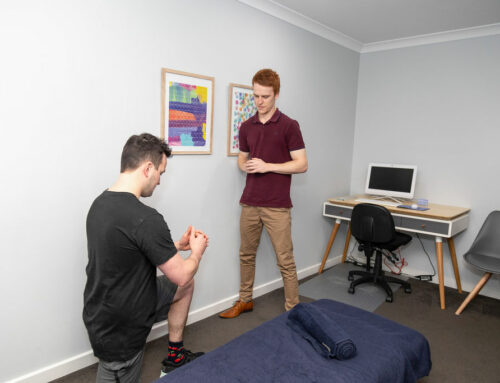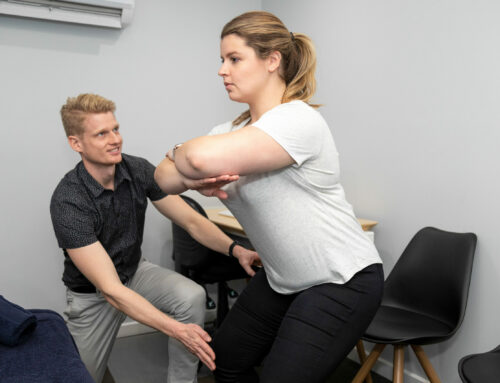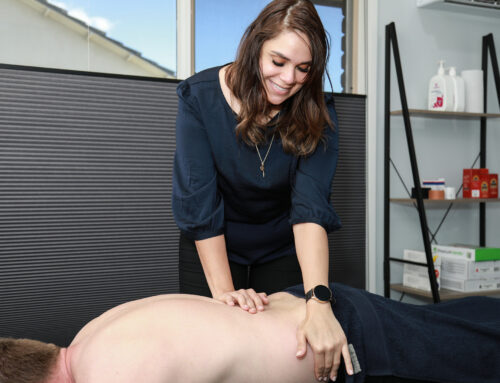Bye Bye Footy, Hello Cricket!
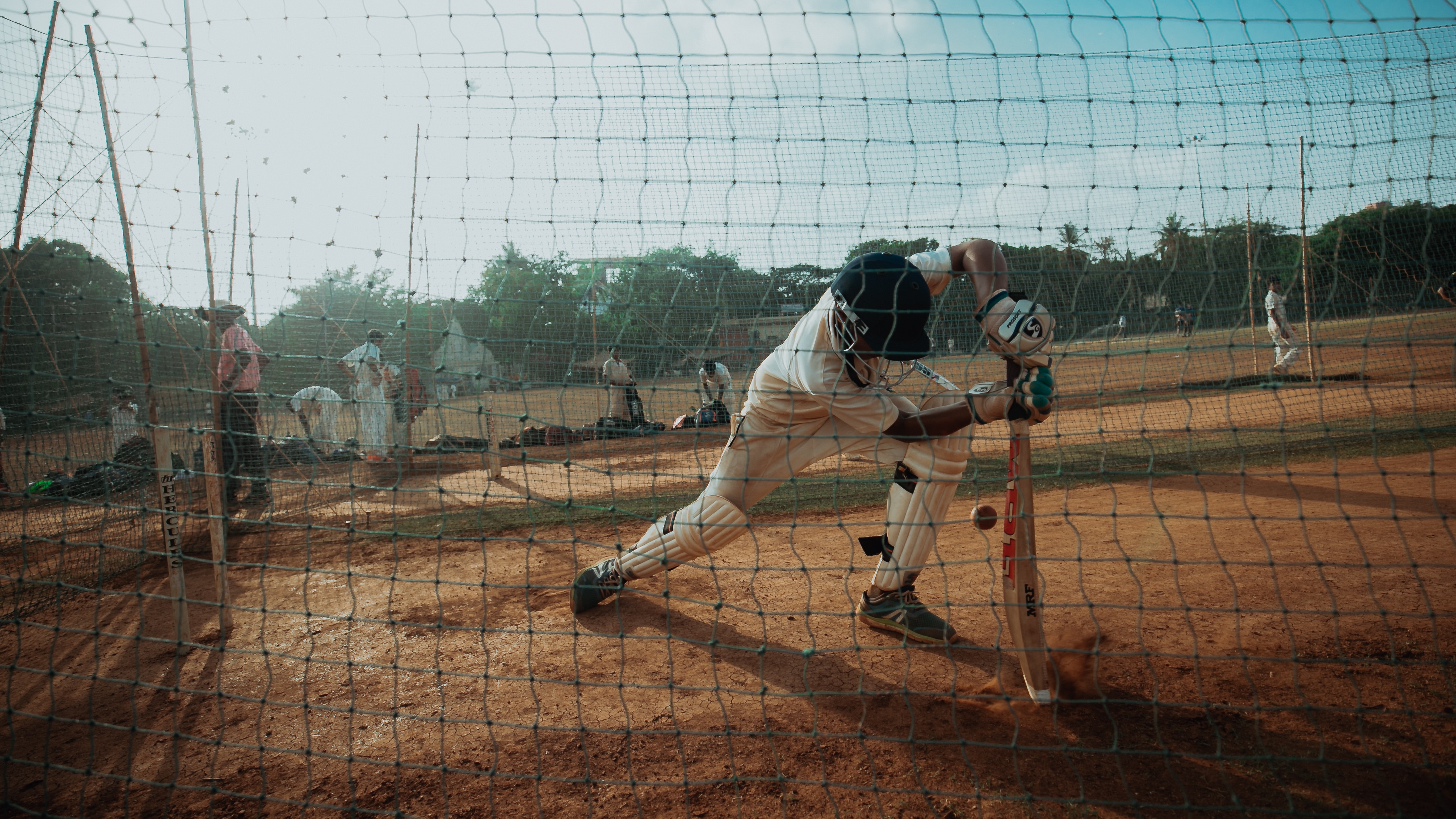
On our return to the cricket field we can be using muscles we haven’t used in months – going from passionate armchair footy expert to demonstrating our best Brett Lee impersonation! This can leave us vulnerable to injury.
How Do I Return To Cricket Without Risking Injury?
While there are no absolutes with injuries, we can decrease the likelihood of injuries occurring via “gradually increasing” our training loads. In addition to this, an adequate warm up performing exercises that mimic our on-field movements (i.e Bowlers going through low intensity controlled run throughs and Batsmans going through low intensity controlled shots and short sprints) can also help. This is called functional or dynamic stretching and can lead to improved performance compared to static stretching.
Another strategy to decrease injury involves strength training whether that include gym work, body weight exercises or swimming. By strengthening the muscle, it is better able to manage the load that can be exerted on it during training and playing. Therefore decreasing the likelihood of injury.
Other strategies we can incorporate include:
1. Compression shorts/pants which provide stability and reduce the force that is placed on muscles during strenuous exercise. This in turn can potentially decrease the likelihood of muscular strain. These have also been shown to also assist in the recovery of muscles post exercise.
2. Supplements such as magnesium have been proven to assist in muscle tone and function enabling you to recover faster. Magnesium may decrease the likelihood of muscle cramp or spasm which can potentially lead to muscular strain.
What Do I Do If I Get Injured?
This will depend on the severity and location of the injury, however if suffer a muscle or ligament injury during training or match day conditions, the first steps you should take are the R.I.C.E (Rice, Ice, Compression, Elevation) principles. Seeking evaluation and treatment from your local Osteopath or medical professional as this can speed up recovery time.
What Will An Osteopath Do To Help?
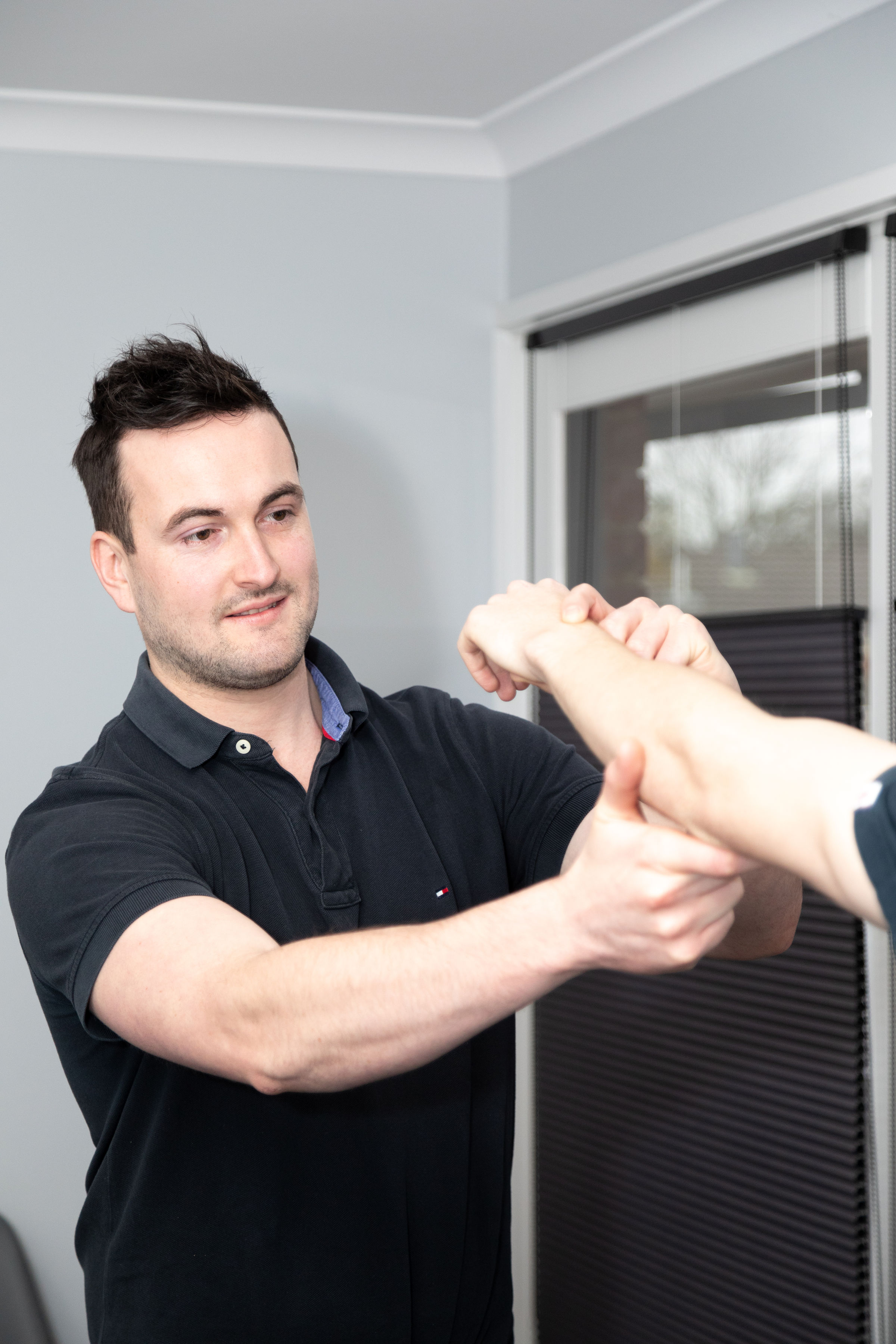
- Soft tissue massage
- Gentle stretching
- Taping/bracing
- Joint mobilisation
- Provide muscular strengthening/stretching exercises
- Home-based or gym-based exercise programs to assist in your recovery.
If the severity of the injury is significant enough, your osteopath can refer for the necessary imaging. Or we may utilise our network of health care professionals to refer you to the appropriate specialist to get you back on the field sooner rather than later.
Want More Information?
For more information on Osteopathy and Pakenham Osteopathy follow the links provided or call our friendly reception staff to enquire about how Osteopathy can assist you in achieving your sporting potential today!
https://www.pakenhamosteopathy.com.au/
https://www.osteopathy.org.au/
